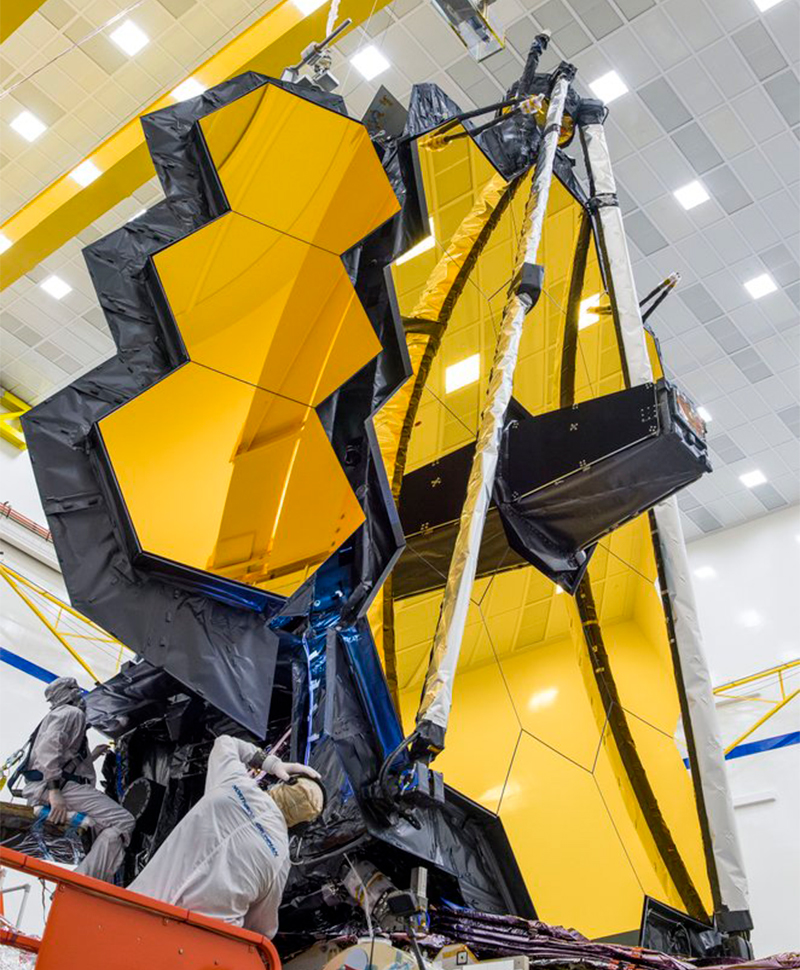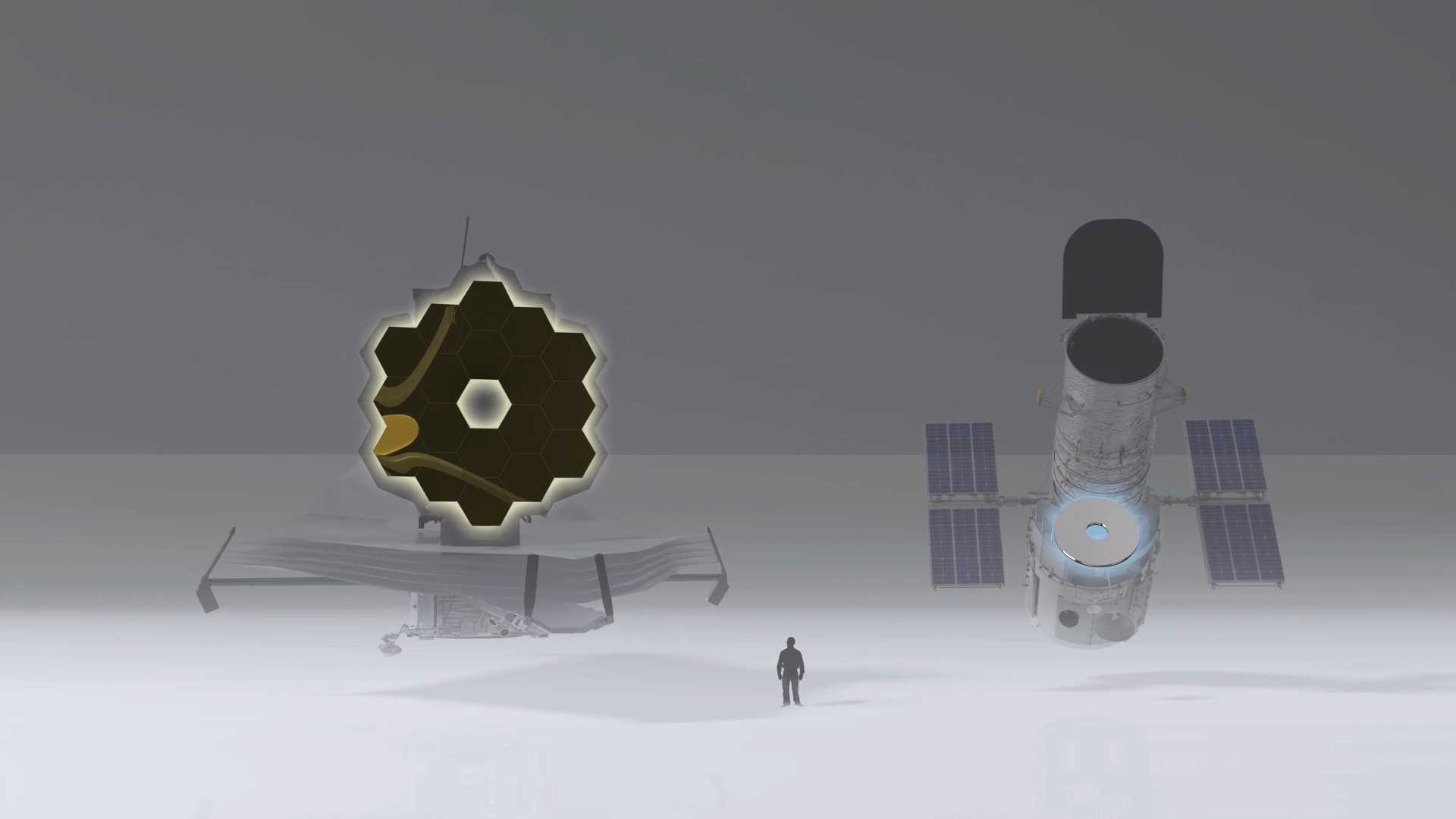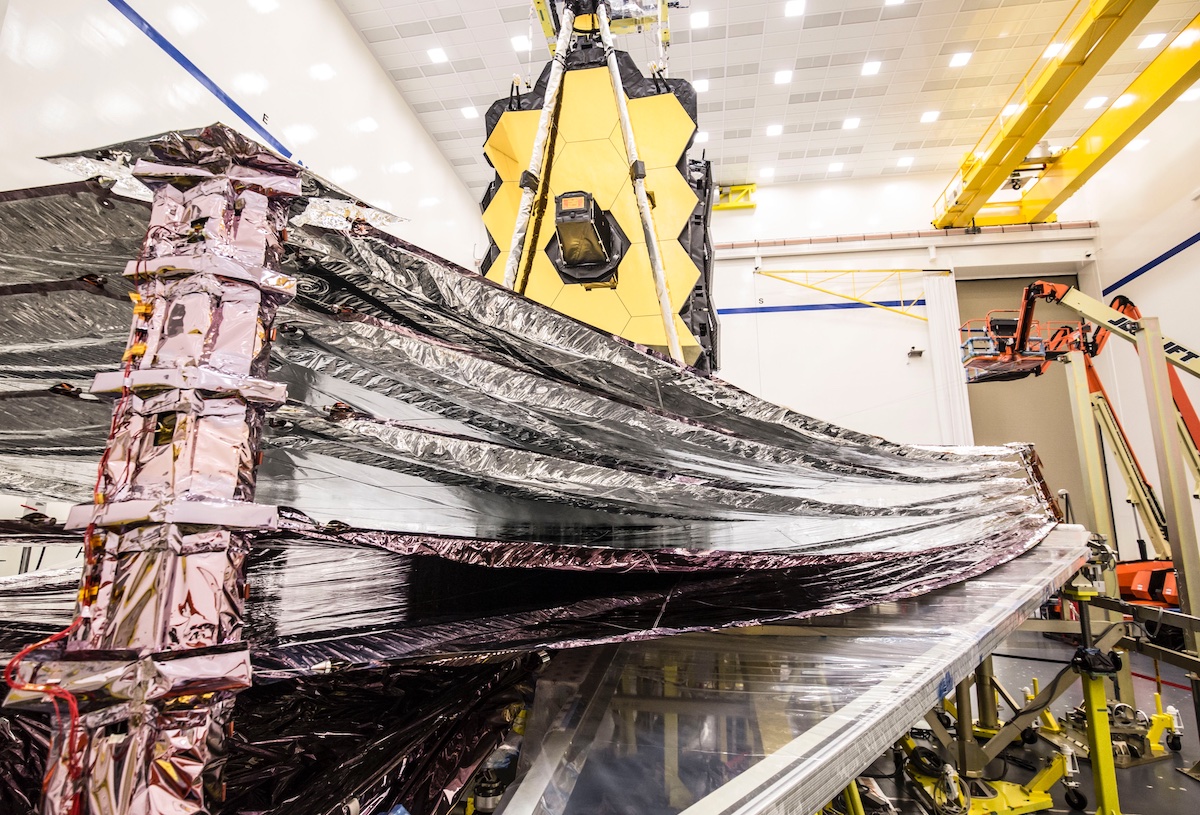A successor to the Hubble Space Telescope, the JWST consists of 18 gold-coated hexagonal mirrors and is 21-foot wide. Because of its large size, the two wings — consisting of three-mirror panels each — had to be folded to fit inside the nose cone of an Arianespace Ariane 5 rocket during its launch.
With the successful deployment & latching of our last mirror wing, that’s:50 major deployments, complete.178 pins, released.20+ years of work, realized. Next to #UnfoldTheUniverse: traveling out to our orbital destination of Lagrange point 2! pic.twitter.com/mDfmlaszzV — NASA Webb Telescope (@NASAWebb) January 8, 2022 The initial process includes the unfolding of its five-layered sunshield that protects the JWST from the sun and keeps its instruments cool. Then came the multi-day process to carefully deploy the left and right wings, allowing the telescope to reach its final form before travelling to deep space. That being said, the team at NASA now has to go through the arduous months-long process of aligning the 18 mirrors using 126 actuators to calibrate the telescope for its upcoming photography session. The JWST will be heading to Sun-Earth Lagrange Point 2 (L2), its parking spot 1.5 million KM from Earth, facing away from the sun. Size comparison between the James Webb Space Telescope and the Hubble Space Telescope [Photo: JWST/YouTube]Sunshields that keep the telescope cool [Photo: NASAWebb/Twitter] When it reaches its final orbital position, the JWST will be able to observe distant worlds by capturing infrared light, allowing scientists to peer back over 13.5 billion years and see the universe in its relative infancy. The telescope is projected to have a 10-year lifespan, with June being the earliest we can expect to see its first number of images. (Source: NASA)


